This article was medically reviewed by Shayne Guffey, DMD. Dr. Shayne Guffey, DMD is a Dentist and the owner of Mountain View Family Dental in Mesa, Arizona. With over 20 years of experience, Dr. Guffey specializes in family dentistry and cosmetic dentistry. He earned his Doctor of Dental Medicine (DDM) from Oregon Health & Science University. Additionally, he’s a professional member of the Academy of General Dentistry and the Dental Organization for Conscious Sedation.
This article has been viewed 36,359 times.
Experts say that most people discard up to 10% of their toothpaste because they can’t get the last bits out of the containers.[1] Toothpaste is no exception. Anyone who has brushed their teeth has likely struggled to get the last bit from the tube. Fortunately, there are a few simple methods to make this process easy.
Steps
Using Hot Water
-
1Heat up some water. To begin, heat some water in a pot on your stove or using an electric kettle. The water should be hot, but not boiling. Then transfer the water to a bowl.
-
2Place the tube in the water. Stand the tube of toothpaste on its cap, submerged in the bowl of hot water. (You may need to lean it against the edge.) Be sure that the cap is screwed on tightly.Advertisement
-
3Wait for a few minutes. In order for this process to work, you will want to let this sit for three to five minutes. You can set a timer for yourself, or put on a song this length to pass the time.
-
4Squeeze the tube. After the toothpaste has been warmed up, it should exit the tube quickly and easily. Simply squeeze the tube as you normally would and use the last bit of toothpaste.[2]
- You may want to squeeze any excess toothpaste into a glass jar or Tupperware container; otherwise you may need to repeat this process.
Cutting Open the Package
-
1Get some scissors. Another simple method for getting all of toothpaste out of the tube involves cutting the package open. For this, you'll need a pair of sharp scissors. A knife, box-cutter, or other instrument is not recommended, since it could slip and cut your hand.[3]
-
2Cut off the top and bottom of the tube. Using your scissors, cut off the very bottom and very top of the toothpaste tube. You will want to hold the tube steady with one hand, and hold the scissors in your other hand.[4]
-
3Split the tube open. Once again, using your scissors, make a vertical slice down the side of the tube. Now you will be able to fold the toothpaste tube completely open, and see all of the toothpaste you have left.
- Again, don't use a knife or blade to do this. Trying to cut the tube down the middle line with a blade puts you at risk for cutting yourself.
-
4Store toothpaste. You can rub your toothbrush against this inner packaging to apply toothpaste to your brush. Additionally, you may also want to store the extra paste. You can either transfer this toothpaste to another container (such as a glass jar or Tupperware), or simply place the open packaging inside a Ziploc bag for future use.
Using a Sharp Edge
-
1Find a table or counter top with a sharp edge. For this method, you'll need a table or counter top with a smooth, sharp edge. Ideally, you will have one in the bathroom for easy access.[5]
-
2Prep the toothpaste tube. Using your hands, squeeze the toothpaste up towards the top of the tube (where the cap is). Then, flatten out the bottom of the tube.
-
3Press down. Next, line up the bottom edge of the tube with the sharp edge of your counter. Then, while holding the bottom of the tube with one hand, apply firm pressure with the other hand.
-
4Pull down on the tube. Finally, maintain the firm pressure on the tube while using your other hand to put the tube downward. You should be able to feel the last bit of toothpaste accumulating near the cap.
- You can achieve a similar effect by using a wooden rolling pin or a pencil.
-
5Use the toothpaste. You should now have all the remaining toothpaste near the top of the tube. Simply squeeze the tube and apply the toothpaste as you normally would. [6]
References
- ↑ https://www.nature.com/articles/s41415-021-2926-y
- ↑ https://www.nationalgeographic.org/article/changes-matter-physical-vs-chemical-changes/?utm_source=BibblioRCM_Row
- ↑ https://www.apartmenttherapy.com/how-to-squeeze-every-last-drop-80642
- ↑ https://www.apartmenttherapy.com/how-to-squeeze-every-last-drop-80642
- ↑ http://lifehacker.com/5856507/use-your-bathroom-counter-to-squeeze-out-the-last-drops-of-toothpaste
- ↑ https://clark.com/family-lifestyle/get-the-most-life-out-of-your-toothpaste-tube/
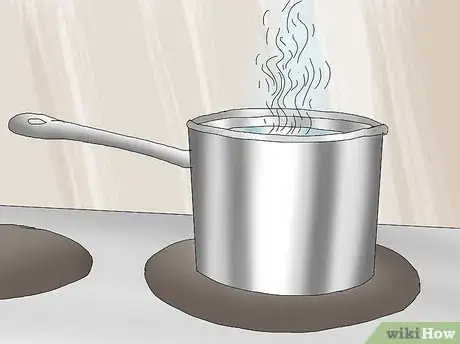
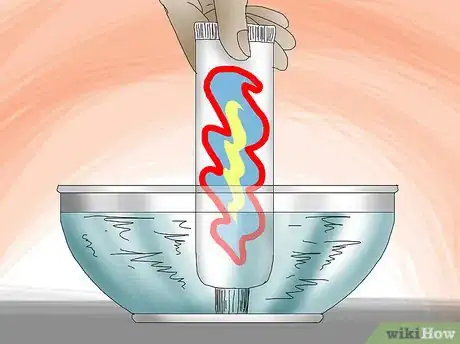
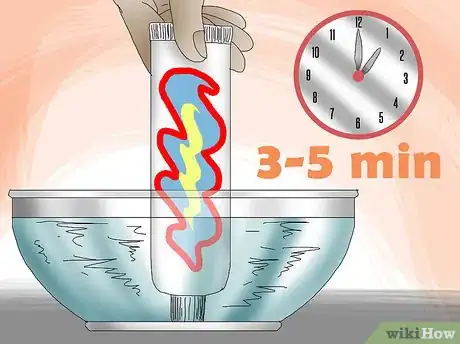
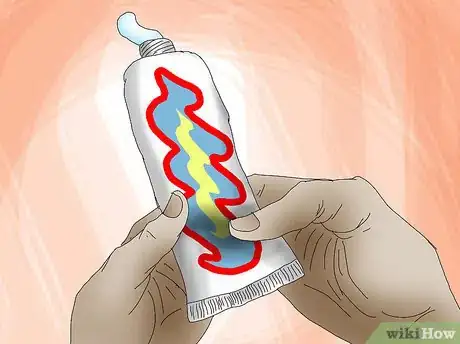
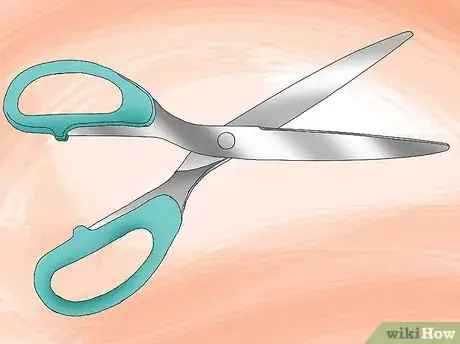
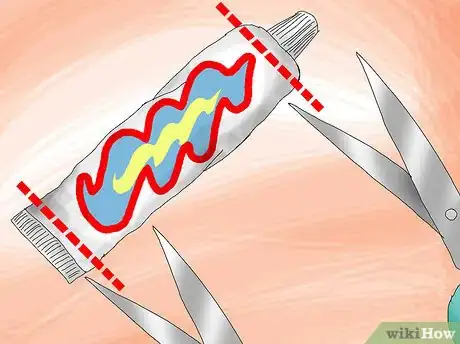
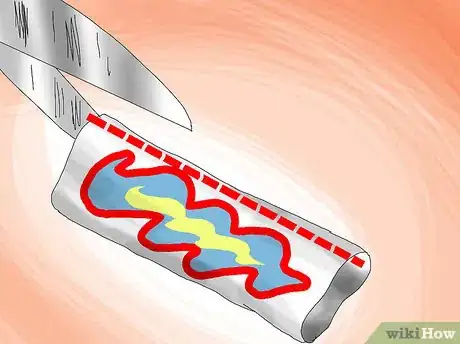
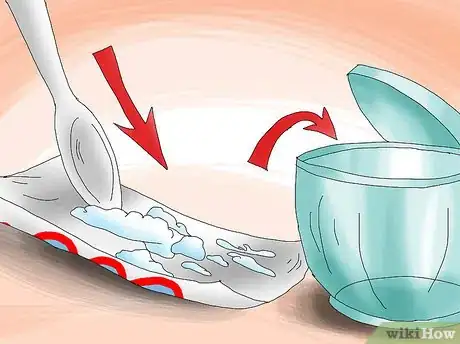
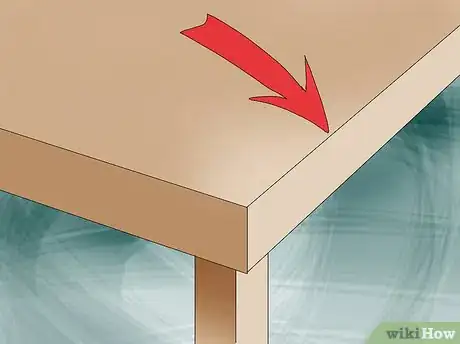
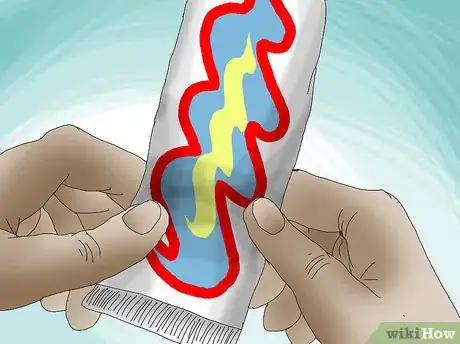
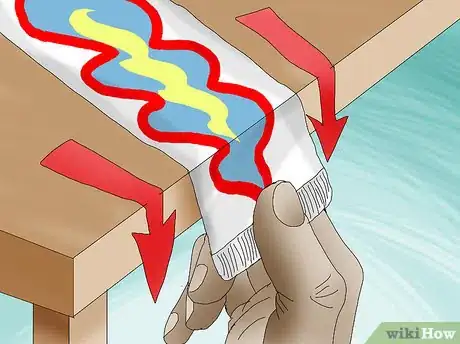
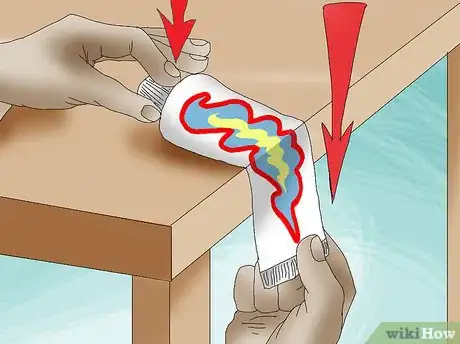
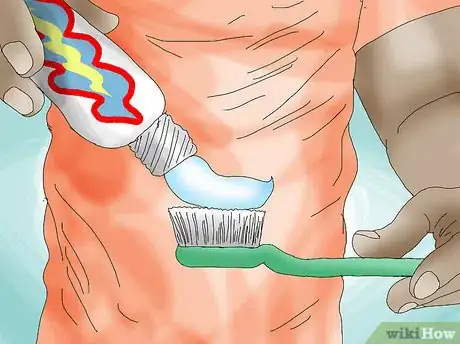
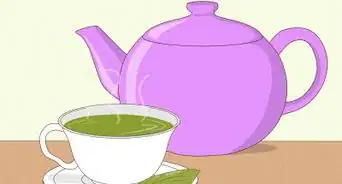
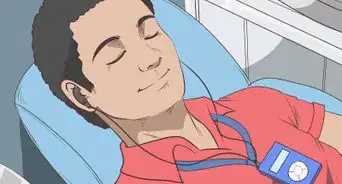
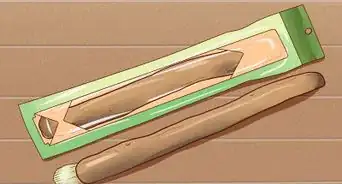
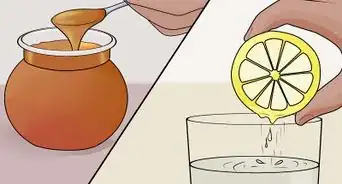
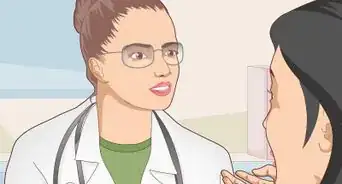
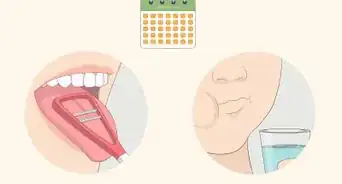
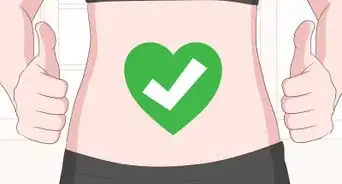
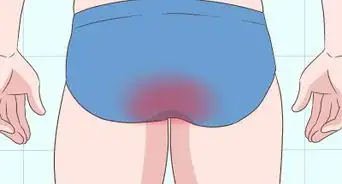
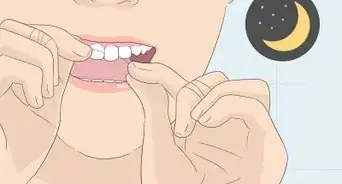
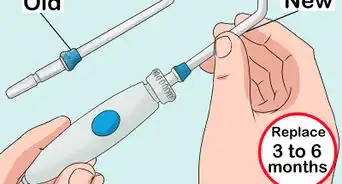
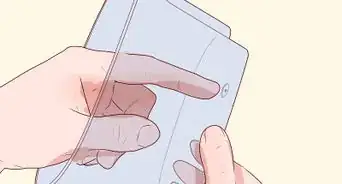
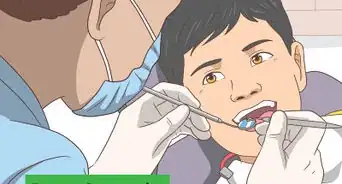

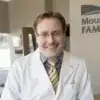







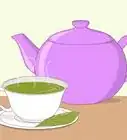
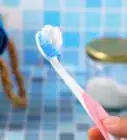
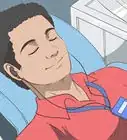
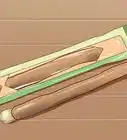



































Medical Disclaimer
The content of this article is not intended to be a substitute for professional medical advice, examination, diagnosis, or treatment. You should always contact your doctor or other qualified healthcare professional before starting, changing, or stopping any kind of health treatment.
Read More...